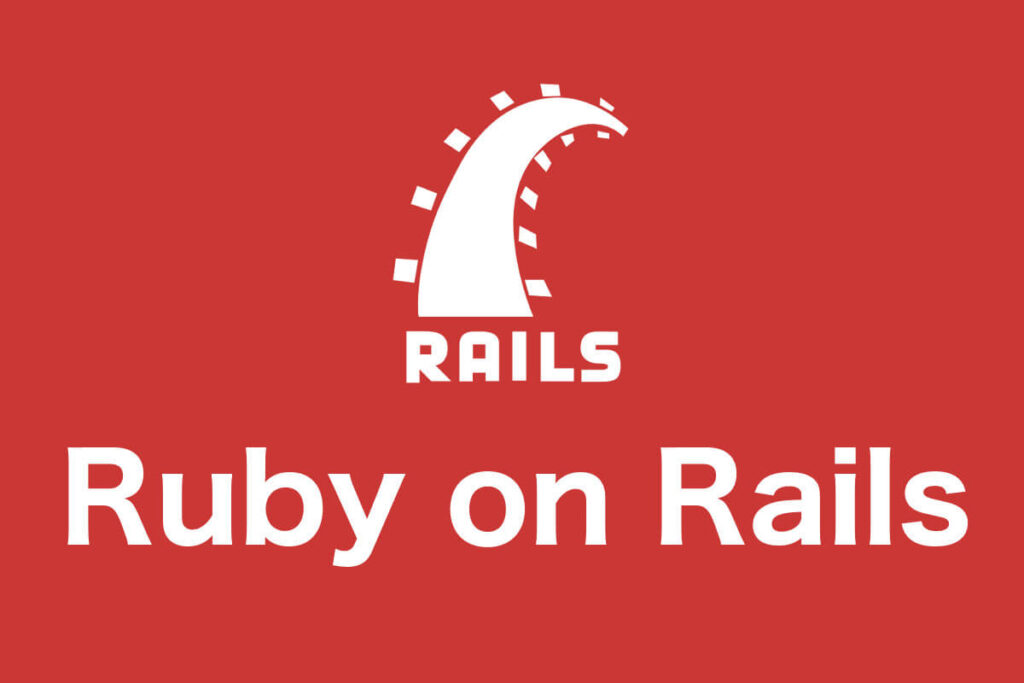Introduction
In today’s fast-paced digital landscape, businesses need robust, scalable, and efficient web applications to stay competitive. Ruby on Rails (RoR), a powerful web application framework written in the Ruby programming language, has emerged as a preferred choice for software development services. Known for its convention over configuration (CoC) and don’t repeat yourself (DRY) principles, Ruby on Rails enables developers to build high-quality applications quickly and efficiently. This article delves into the benefits, features, and considerations of Ruby on Rails software development services, providing a comprehensive overview for businesses seeking to leverage this framework.
Why Choose Ruby on Rails?
Speed and Efficiency
Ruby on Rails is renowned for its ability to expedite the development process. The framework’s convention over configuration approach means developers spend less time setting up configurations and more time writing code. This results in faster development cycles and quicker time-to-market for applications.
Scalability
As businesses grow, their web applications must scale to accommodate increased user traffic and functionality. Ruby on Rails is designed with scalability in mind, allowing applications to handle growth seamlessly. With tools like ActiveRecord for database management and built-in caching mechanisms, scaling an RoR application is straightforward and efficient.
Robust Community and Ecosystem
Ruby on Rails boasts a vibrant community of developers who contribute to its continuous improvement. This active community support translates into a wealth of open-source libraries, known as gems, which extend the functionality of RoR applications. These gems cover a wide range of features, from authentication and authorization to payment processing and analytics, enabling developers to add complex features with minimal effort.
Key Features of Ruby on Rails
MVC Architecture
Ruby on Rails follows the Model-View-Controller (MVC) architectural pattern, which separates the application into three interconnected components: the model, the view, and the controller. This separation of concerns facilitates easier maintenance and testing, as changes in one component have minimal impact on others.
ActiveRecord
ActiveRecord is the Object-Relational Mapping (ORM) layer in Ruby on Rails that simplifies database interactions. It allows developers to work with database records using Ruby objects, abstracting the underlying database queries. This abstraction not only speeds up development but also enhances code readability and maintainability.
Convention over Configuration
One of Ruby on Rails’ defining principles is convention over configuration (CoC). By following established conventions, developers can avoid writing extensive configuration files. This reduces the likelihood of errors and streamlines the development process, allowing teams to focus on building features rather than configuring the environment.
RESTful Design
Ruby on Rails encourages RESTful design, which is a pattern for organizing web applications into resources with standardized routes and actions. This design philosophy promotes consistency and predictability in application structure, making it easier for developers to understand and extend the codebase.
Test-Driven Development (TDD)
Ruby on Rails has strong support for test-driven development (TDD), a methodology where tests are written before the actual code. Tools like RSpec and Minitest are integrated into the framework, enabling developers to write and run tests effortlessly. This emphasis on testing ensures that applications are reliable and less prone to bugs.
Benefits for Businesses
Cost-Effectiveness
Ruby on Rails’ efficiency translates into cost savings for businesses. The rapid development cycles mean lower labor costs, and the extensive use of open-source gems reduces the need for custom development. Moreover, the framework’s scalability ensures that businesses can start small and expand their applications without significant rework.
Quality and Reliability
The robust testing frameworks and the convention over configuration philosophy contribute to the high quality and reliability of RoR applications. Businesses can trust that their applications will perform well under varying conditions and handle user demands effectively.
Flexibility and Customization
Ruby on Rails offers a high degree of flexibility, allowing developers to customize applications to meet specific business requirements. The modular nature of the framework, combined with the vast ecosystem of gems, makes it easy to integrate third-party services and add new features as needed.
Strong Security
Security is a critical concern for any web application. Ruby on Rails includes several built-in security features, such as protection against SQL injection, cross-site scripting (XSS), and cross-site request forgery (CSRF). Additionally, the active community regularly updates the framework to address new security vulnerabilities, ensuring that applications remain secure over time.
Considerations When Choosing Ruby on Rails
Learning Curve
While Ruby on Rails offers numerous advantages, it does have a learning curve, especially for developers new to the Ruby programming language. However, the extensive documentation and active community support can help mitigate this challenge.
Performance
Ruby on Rails may not be the fastest framework in terms of raw performance, especially for highly CPU-intensive tasks. However, for most web applications, the performance is more than adequate, and the framework’s other benefits often outweigh this consideration. Additionally, performance can be optimized through various techniques such as caching, background job processing, and database indexing.
Hosting and Deployment
Choosing the right hosting and deployment environment is crucial for Ruby on Rails applications. While there are many options available, such as Heroku, AWS, and DigitalOcean, each has its own set of configurations and best practices. Businesses must carefully evaluate their hosting needs to ensure optimal performance and scalability.
Conclusion
Ruby on Rails software development services offer a powerful combination of speed, efficiency, and scalability, making it an excellent choice for businesses looking to build robust web applications. The framework’s convention over configuration and don’t repeat yourself principles, coupled with its strong community support and extensive ecosystem, enable developers to deliver high-quality applications quickly and cost-effectively.
By understanding the key features, benefits, and considerations of Ruby on Rails, businesses can make informed decisions and leverage this framework to drive innovation and growth. Whether you’re a startup looking to launch a new product or an established company seeking to enhance your web presence, Ruby on Rails provides the tools and flexibility needed to succeed in today’s competitive digital landscape.


